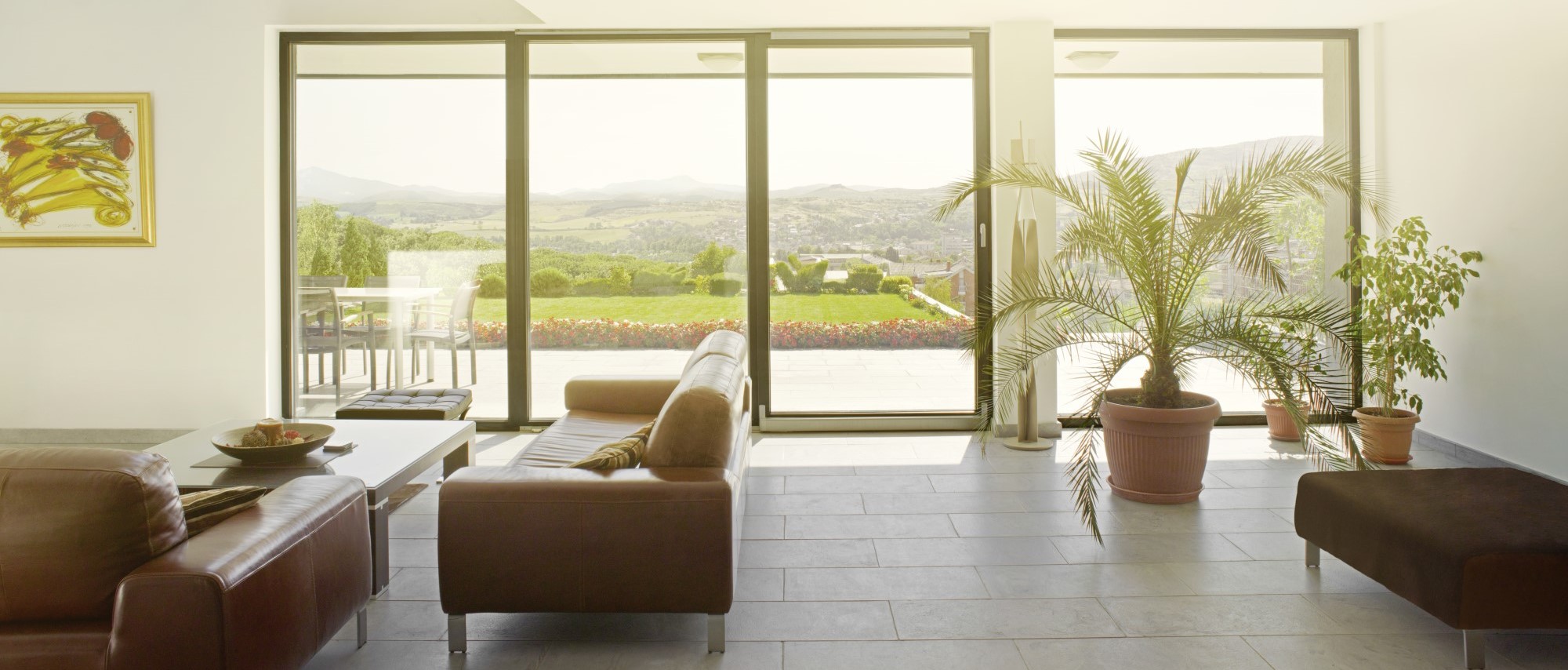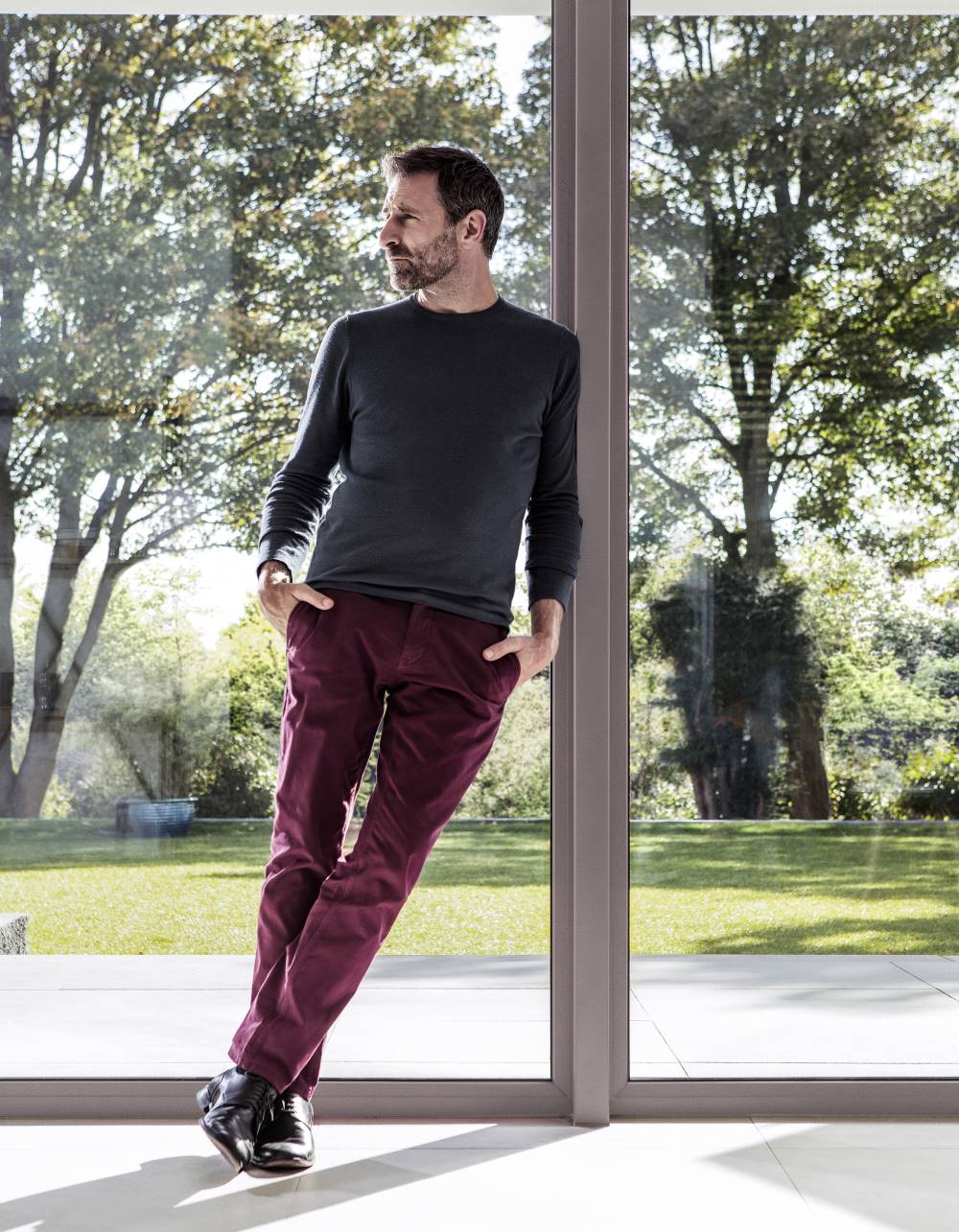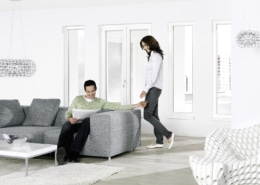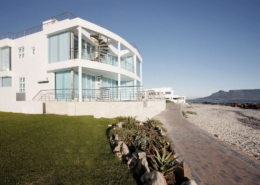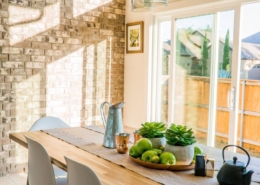Here in Israel, people often ask "What kind of window can be made of plastic?" This question may make sense, but we promise you – not for long! The situation is similar to a few decades ago when we asked the same question about plastic cutlery, plastic pipes, machine parts, syringes, infusion bags, helmets, etc. The world is changing!
There are differences in the chemical composition and design of the structure of the window profile in countries with different climate conditions.
We import the PVC profiles that are produced specifically for Middle Eastern countries, which are resistant to weather conditions similar to those in Israel.
Thanks to its special chemical composition and advanced production methods, today’s PVC is blessed with features that enable its use in the window industry.
This polymer gives windows a long life, resistance to cold and heat, strength and flexibility to absorb blows, stability in keeping shape, flame resistance and easy maintenance.
Raw polyvinyl chloride (PVC) – is a solid white material. PVC takes less non-renewable fossil fuel to make than any other commodity plastic because unlike other thermoplastics which are entirely derived from oil, PVC is manufactured from two starting materials: 57% of the molecular weight is derived from common salt, and 43% is derived from hyrdocarbon feedstocks (increasingly ethylene from sugar crops is also being used for PVC production as an alternative to ethylene from oil or natural gas) By utilizing different processing methods, you can get various plastic materials from PVC of all consistencies – from very hard to soft and even liquid such as nail polish and enamel.
To produce profiles for windows from PVC, we add stabilizers, pigments and various additives. All of these components provide the profile with the features it needs to serve as a high-quality window: resistance to sunlight and weather, desirable hue, possibility of solder connection, etc.
Aluminum Profiles vs PVC Profiles
Today, the decision to install PVC windows in the house is still considered innovative and non-standard, since most Israeli homes have aluminum windows. Admittedly, aluminum is a particularly excellent material as an element for heat dissipation in heating and cooling systems, thanks to its unusual heat transfer capacity, one of the highest in nature.
But in the window industry this is not a benefit – quite the opposite!
A good feature of aluminum is its strength, and in order for our PVC profiles not to lag behind their aluminum ancestor, we thread a steel reinforcing profile into them. This steel profile gives our windows superior strength when compared to the aluminum profile which, because it is made of soft metal, has difficulty withstanding loads.
Although the heat-conducting capacity of PVC is 1,200 times lower than aluminum, its designers found that dividing the profile on the inside into several spaces separated from each other adds additional insulation. A window made of high-quality PVC profile incorporates all the good features of the earlier methods in the development of the industry, without their shortcomings.
PVC profiles do not require painting and treatments, are easy to clean, do not corrode,
do not warp when hit, maintain color and luster and are always pleasant to the touch.
How much stronger are uPVC windows than aluminum windows? Here is a simple demonstration:

